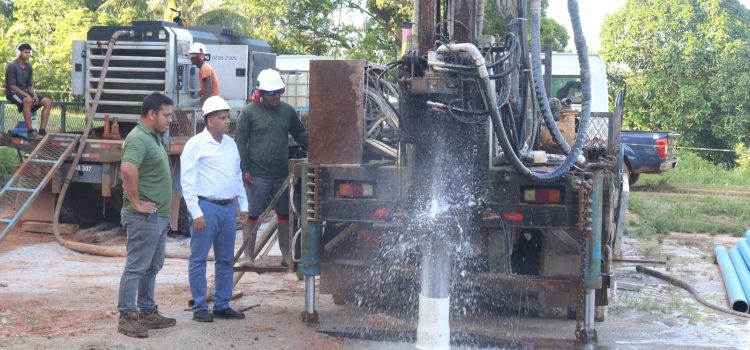Drilling new wells is a crucial process in both the exploration and production of natural resources, particularly in the energy and water sectors. As global demand for these resources continues to rise, the methodology and technology behind well drilling have evolved significantly. This article explores the various techniques and innovations employed in drilling new wells, highlighting their importance in sustainable resource management, economic development, and environmental stewardship.
In addition to understanding the technical aspects of drilling, it is essential to consider the socio-economic and environmental impacts associated with new well projects. From local communities that depend on groundwater to the broader implications of oil and gas extraction, the drilling of new wells plays a pivotal role in shaping our world. This article will also discuss the challenges and best practices in well drilling, aiming to provide a comprehensive overview of this vital industry and its future prospects.
Innovations in Well Drilling Techniques
The advancement of drilling technologies has led to the adoption of methods such as horizontal drilling and hydraulic fracturing, allowing for more efficient resource extraction. These innovative techniques significantly increase the yield of oil and gas wells while minimizing the surface footprint of drilling operations. Furthermore, modern drilling rigs come equipped with sophisticated monitoring systems that ensure real-time data collection, enhancing the decision-making process and optimizing production rates. As companies aim for more sustainable practices, these innovations not only drive efficiency but also help in mitigating environmental impacts associated with traditional drilling methods.

Socio-Economic and Environmental Considerations
New well projects can drastically affect local communities, particularly those reliant on groundwater access. As demand for resources grows, balancing extraction and conservation becomes critical. Understanding the implications of drilling, such as the differences between Low-Producing Water Wells Vs. Drilling New Wells, is essential for policymakers and stakeholders involved in resource management. Careful planning and stakeholder engagement can help in addressing potential conflicts while also highlighting the importance of investing in technology that promotes responsible extraction. Through best practices, the industry can navigate the complexities of water and energy demands while ensuring the protection of environmental and community interests.
In conclusion, drilling new wells is a multifaceted endeavor that encompasses technological advancements, socio-economic dynamics, and environmental stewardship. As the energy and water sectors face increasing pressures from global demand, the adoption of innovative drilling techniques plays a pivotal role in enhancing resource efficiency and minimizing ecological impact. However, the challenges of balancing extraction with the needs of local communities and the environment cannot be overlooked. Moving forward, a commitment to responsible drilling practices and active stakeholder engagement will be essential in fostering sustainable resource management. By prioritizing both technological innovation and the welfare of affected communities, the well drilling industry can contribute to a more resilient and sustainable future for all.


